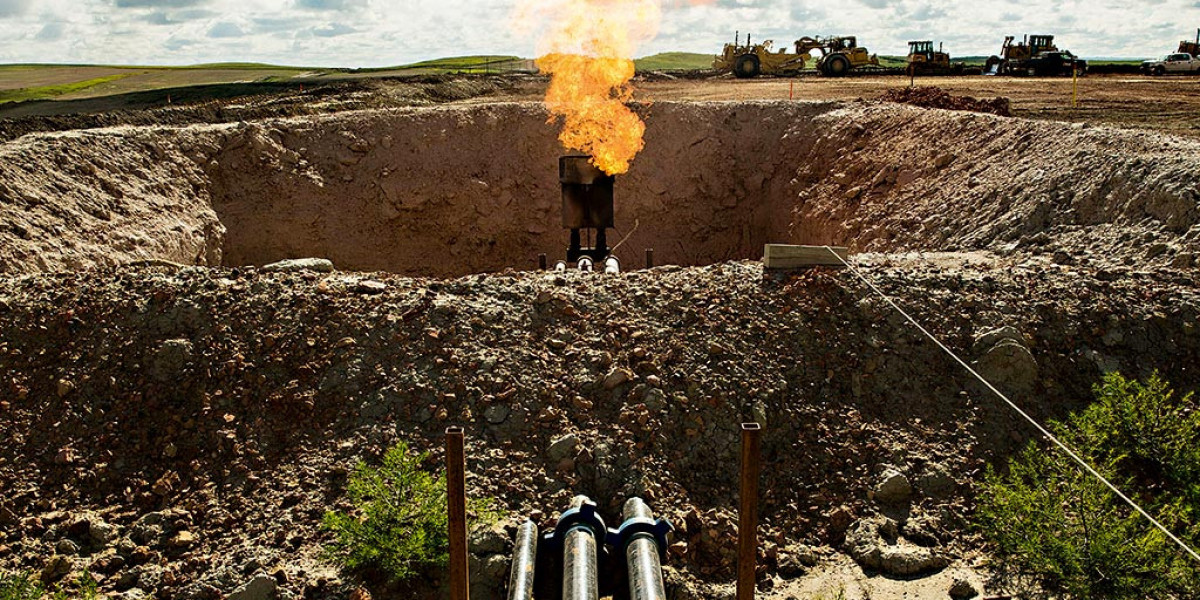Shale Gas Market: Revolutionizing the Energy Landscape
Introduction
In recent years, the energy sector has witnessed a significant shift with the rise of shale gas. Shale gas is a game-changer in the world of natural gas production, offering vast reserves and the potential to transform energy markets. In this article, we will delve into the shale gas market, exploring its origins, growth, and its impact on the global energy landscape.
What is Shale Gas?
Shale gas is a type of natural gas that is trapped within shale rock formations deep underground. Unlike conventional natural gas reserves, which are relatively easy to access, shale gas requires advanced drilling techniques, including hydraulic fracturing (fracking) and horizontal drilling, to extract the gas from the rock formations.
The Origins of Shale Gas
The concept of shale gas extraction dates back several decades, but it wasn't until the late 20th century that technological advancements made its commercial production feasible. The United States played a pivotal role in the shale gas revolution, with the Barnett Shale in Texas being one of the first commercially successful shale gas plays.
Shale Gas Market Growth
Over the past two decades, the shale gas market has experienced exponential growth. Countries around the world have recognized the economic and strategic advantages of domestically produced shale gas. The United States, Canada, China, Argentina, and several European countries are among the key players in the global shale gas market.
Advantages of Shale Gas
1. Abundant Reserves
One of the most significant advantages of shale gas is its abundance. The world's recoverable shale gas reserves are estimated to be enormous, providing a substantial and reliable source of energy for decades to come.
2. Energy Security
By tapping into domestic shale gas reserves, countries can reduce their reliance on imported natural gas, enhancing their energy security and reducing exposure to international price fluctuations.
3. Lower Carbon Emissions
Compared to coal, shale gas produces fewer carbon emissions when burned for electricity generation, making it a transitional fuel as the world shifts towards cleaner energy sources.
4. Job Creation and Economic Growth
The shale gas industry has created millions of jobs globally, both directly and indirectly, contributing to economic growth and revitalizing local communities.
Environmental Concerns
While shale gas offers numerous benefits, its extraction has raised environmental concerns. The process of hydraulic fracturing has been linked to water contamination and seismic activity in some regions. Additionally, methane emissions during production and transportation can offset the climate benefits of using shale gas over coal.
To address these concerns, the industry is continuously working on improving extraction techniques and adopting stringent environmental regulations.
The Future of the Shale Gas Market
The future of the shale gas market is promising but uncertain. Technological advancements and further exploration may lead to the discovery of more reserves and increase production capabilities. However, the market's growth could also be influenced by government policies, environmental regulations, and the development of alternative energy sources.
Conclusion
The shale gas market size has undeniably revolutionized the energy landscape, providing an abundant and accessible source of natural gas. Its growth has brought economic benefits to various countries, while also sparking debates on environmental impacts. As technology and awareness evolve, striking a balance between energy needs and environmental responsibility will be key to ensuring a sustainable future for the shale gas industry.
Related Reports:






